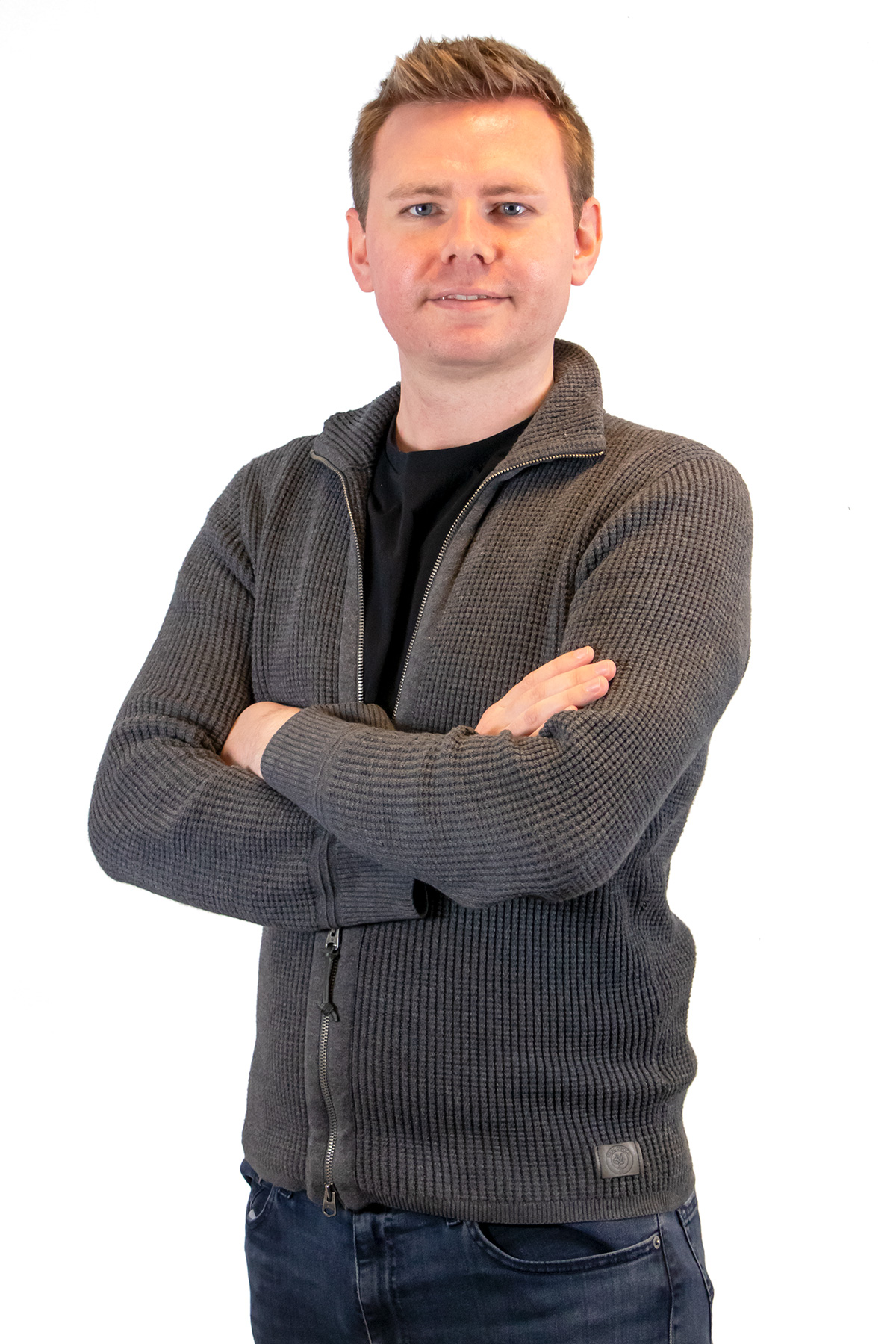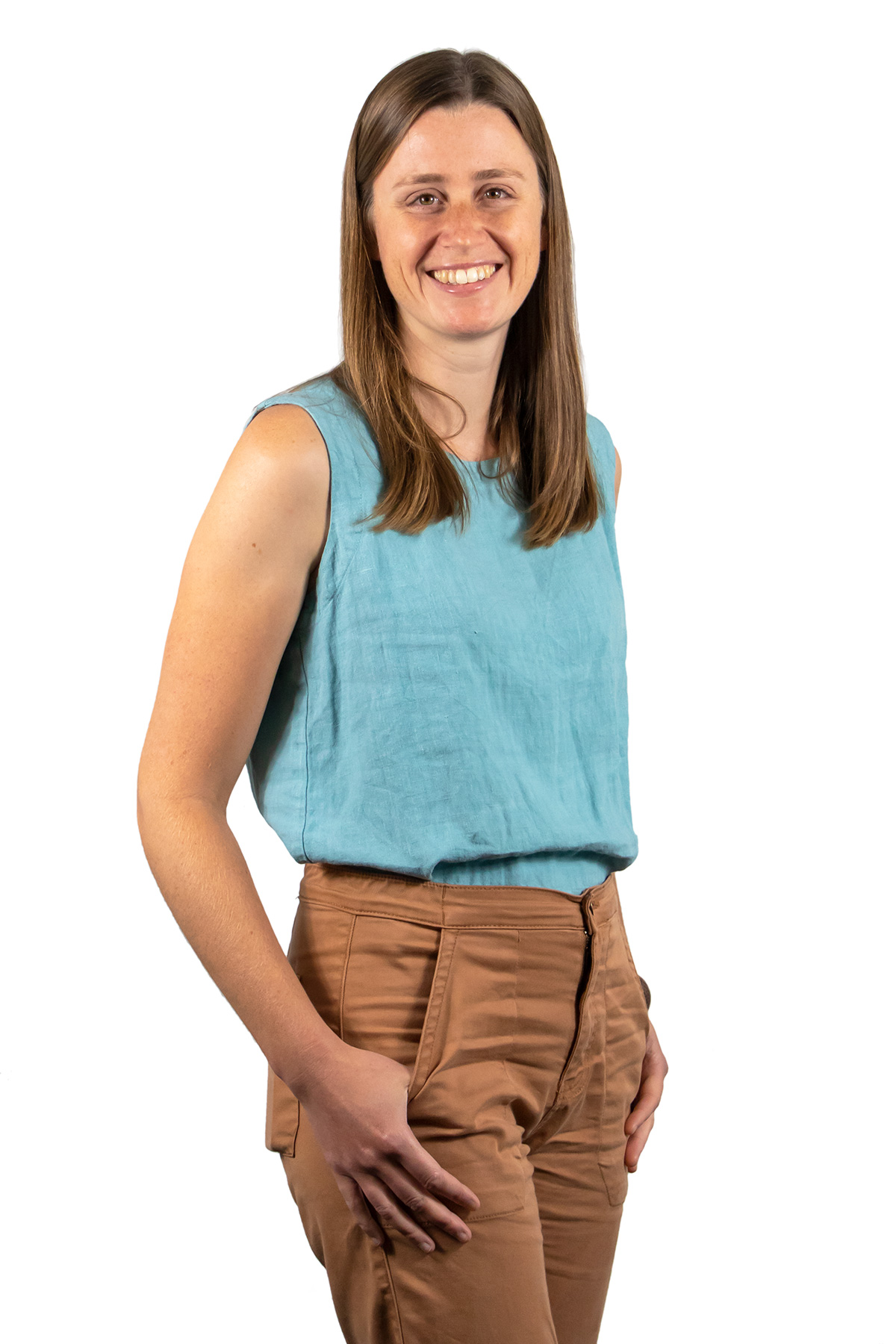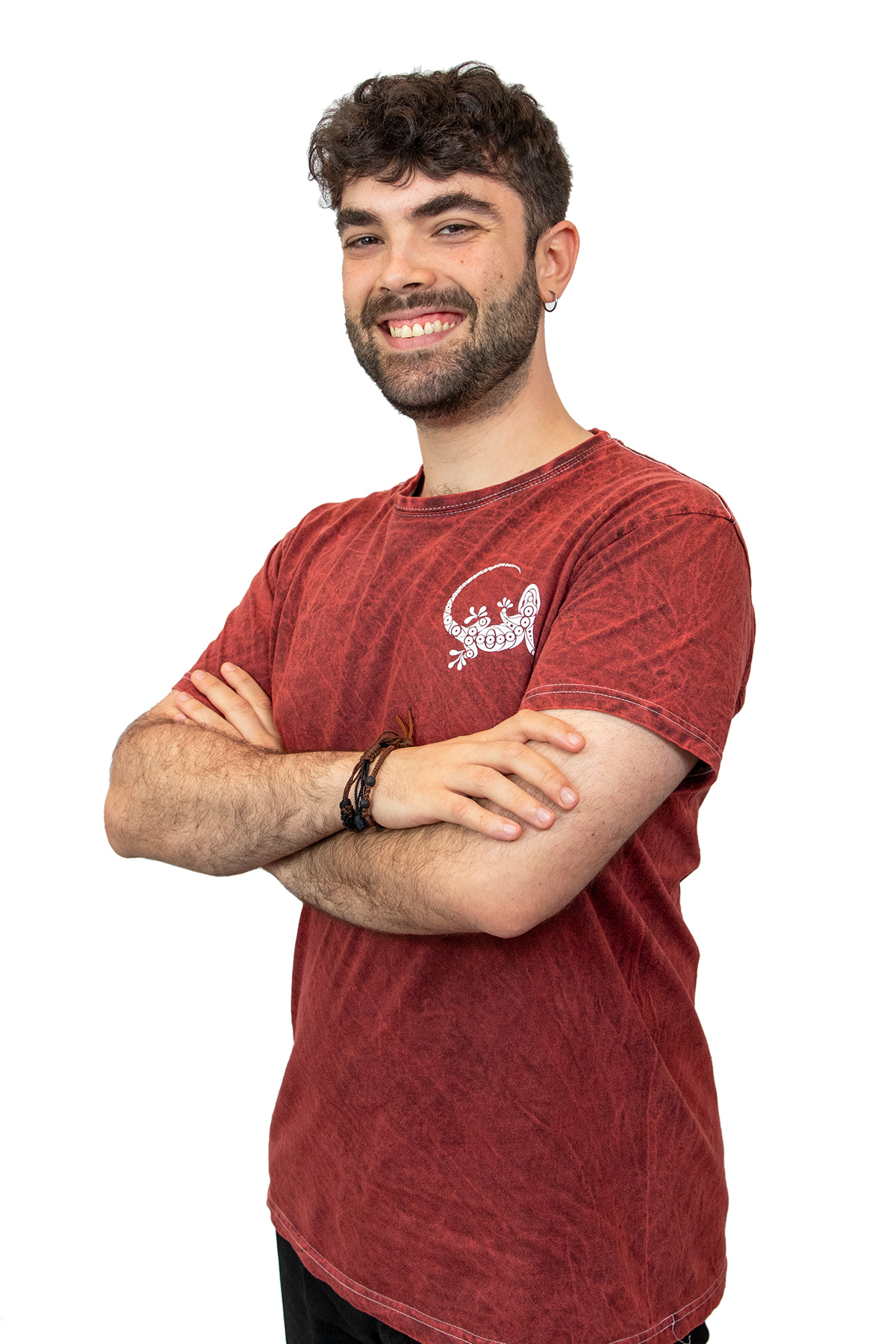Science funding organization NWO has awarded Veni grants to three Nikhef researchers to further develop their groundbreaking ideas. Each will receive a maximum of €320,000, sufficient for three years of work.
This was announced on Thursday in The Hague. A total of 200 researchers at Dutch universities and institutions will receive a Veni grant. In this 2024 application round, 1,365 proposals were submitted and 469 were ultimately accepted. Of the 200 grants awarded, 109 will go to women, partly due to incentives for female scientists.
Three postdocs
The three Nikhef researchers who received grants are all postdocs. Two of them are affiliated with the ATLAS experiment, one of the large detectors at CERN’s LHC accelerator and an important research program within Nikhef. The third works with the KM3NeT neutrino detector in the Mediterranean Sea, which was co-built by Nikhef.
Artificial intelligence

Phase transitions

Neutrino masses

These masses are negligible, but theoretically they cannot be the same. So far, the mass order is unknown. The question is in what order the neutrino masses increase. This could help theorists further in their explanation of neutrino mass.
KM3NeT captures neutrinos from space in seawater. Carretero Cuenca will study the rare interactions of neutrinos with seawater directly. Until now, the deep-sea experiment has mainly looked at the flashes of light from particles remaining after collisions.